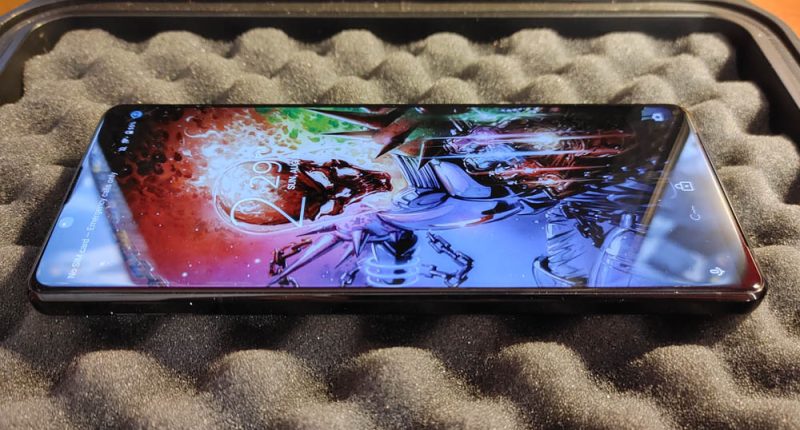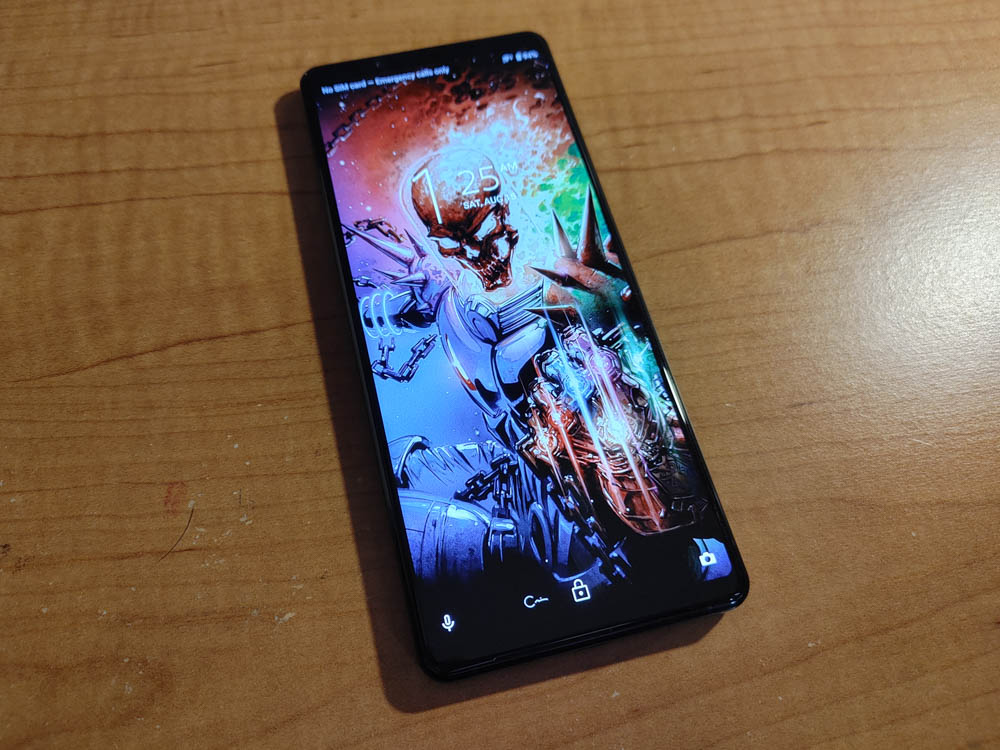
Last year, Sony introduced a brand new design language for its Xperia line of smartphones. These tall, quirky looking phones were one of the first to introduce 21:9 ratio screens that make video consumption so much better. Sony continued this trend with the new Xperia 1 II (Mark 2) with improvements from last year’s formula. The latest features the same sized screen, a brand new body design, addition of an audio jack, new cameras, and more of an emphasis on photography and video capturing.
Disclaimer: The Xperia 1 II was sent by Sony’s PR team on a 3-week loan and I am testing it with my own personal AT&T sim card.

DESIGN
Upon first glance, the new Xperia 1 II isn’t really much different from last year’s phone. It has roughly the same overall dimensions and screen size. The edge around the phone has changed however and is now more squared off with chamfered edges. It gives the Xperia 1 II more of a slab like feeling though I think I much prefer last year’s curved edges more. This doesn’t seem to reduce the overall comfort of holding the phone and the Xperia 1 II is still easy to grip.
The rear is still made out of glass, so it can be a bit slippery. I do suggest some kind of case for this as we can assume there’s still a good chance of cracking if dropped.
Button placement on the Xperia 1 II is also relatively similar to last year’s model except now, the power button has merged with the fingerprint reader. It’s still on the side, but now they’re one unit. For the most part, this doesn’t seem to affect the use of the fingerprint reader with this new version feeling a bit more responsive than the last. For those who loved the separate camera button, you’ll be happy to note that this is still here, which is no surprise considering the Xperia 1 II is still being touted as a photography and video powerhouse.

Another change with the Xperia 1 II is the reintroduction of the audio jack. It was erased on the Xperia 1 but for some reason makes its return on the Xperia 1 II. Also speaking of the audio, there are still stereo speakers, but this time both speakers are front-facing and are at the bottom and top edges of the display.
While we’re on the topic of the display, it’s the same size as the previous model with pretty much the same little border on the chin and forehead. The display also isn’t quite edge-to-edge either, but I honestly don’t mind the tiny border as it keeps accidental palm taps from occurring.
On the back, the rear camera stack has moved over to the top left side and now features four lenses instead of three. This placement makes it feel more like a regular point-and-shoot camera if you’re using it in landscape mode.
Lastly, the Xperia 1 II still features expandable storage which I still find as a huge selling point when looking at phones. Sure it has 256GB of built-in storage, but when you have a device that can record video at 4K, you’re going to want more storage. The SD Card/Sim tray here is located behind a door that you can pull out without a tray eject tool. This is very useful for those who travel internationally and swap sims out regularly.

SPECS
Since the Xperia 1 II is Sony’s flagship this year, it’s no surprise that it contains a lot of high-end specs. Sony didn’t skimp much this year with the Xperia 1 II and fixed some of the shortcomings of last year’s device.
- Google Android 10.0
- Qualcomm Snapdragon 865 Mobile Platform
- 8GB RAM
- 256 GB storage
- 4,000 mAh Battery
- Fast wireless charging
- 6.5? 4K HDR OLED (1644×3840) Display, 643 PPI
- 12 MP (wide) + 12 MP (telephoto) 3x optical zoom, OIS + 12 MP (ultrawide) + 0.3 MP, TOF 3D, (depth)
- 8MP Selfie Cam
- Stereo Speakers
- Dolby Atmos
- Qualcomm aptX HD audio
- Bluetooth 5.0 wireless technology
- PS4 Remote Play
- Water-resistant (IP65/68)
- Corning Gorilla Glass 6
- Wi-Fi 802.11 a/b/g/n/ac/6, dual-band
As you can see, the specs are very much flagship specs for 2020. Most of this seems like gradual updates to last year’s device, but there are additions that make it better. For instance, the inclusion of wireless charging is welcomed as it was something sorely missing before.
The larger battery is also appreciated here and they were able to do that without increasing the size of the phone. Other noticeable improvements would be extra 2GB RAM, the placement of the front-facing speakers, and the addition of Wi-Fi 6.
One big omission however is the lack of 5G on here. For some reason, the US version of the Xperia 1 II does not include 5G while the international version does. This might limit the appeal of the phone a bit, considering most carriers now are moving towards 5G. However if that doesn’t matter to you much, then you can probably overlook this omission.
SOFTWARE

The Xperia 1 II comes out of the box with Android 10.0. It’s not stock Android as it does come with Sony’s launcher on it. The main addition to that is called “Side Sense.” Side Sense allows you to double-tap the side of the screen to bring up a shortcut menu with favorite apps, multi-window shortcuts, and other important shortcuts. It’s kind of neat to use, but most likely you’ll have to adjust the placement of the shortcut as well as the sensitivity of how it launches. I didn’t really find Side Sense all that useful and ended up just turning it off after a few days.
Also, the Sony Launcher allows for multiple users which I haven’t really seen to much on other smartphones. I guess this would be good if you had small children who wanted to use the device too, so you would set them up with their own home screen so they don’t go messing around with yours.
The launcher also allows for landscape mode of the home screen which is interesting, but not generally useful. You can also use all of Androids new gesture navigations if you choose, or stick to the old three-button navigation bar.
Now there are also some curious omissions with the software as well. For starters, there’s no facial recognition on this device nor did it have this on the original Xperia 1. This isn’t a big surprise as many Android phones these days don’t seem to have it anymore especially with Google also removing it from Android. Next, the icons on your home screen seem to only show up as circles. There’s no way to change the shape of the icons or use the original icons as intended with the Sony Launcher. These omissions, however, are mainly nitpicked items and don’t affect much of your regular user experience.
Sony has completely done away with custom themes that it once had on previous Xperia devices. Themes used to be a fantastic way to customize the look of your Xperia devices, but apparently, Sony says not many people were actually making use of them so they’ve been discontinued.
Lastly, Sony Xperia phones used to have the exclusive feature of being the only Android devices out there that could do PS4 Remote Play. That’s not the case anymore as any Android device can do it now. However, this new Xperia 1 II is marketed more as a prosumer device for photography and video so there are now exclusive apps for both video and still photography.
The Sony Launcher might not be to everyone’s liking, but it’s also not terrible either. It’s workable and customizable enough where you should be able to get it to where you like it.

CAMERA
The cameras in the Xperia 1 II feature ZEISS optics which it didn’t have last year. While technically there are four cameras, one of them is a 3D iToF sensor that’s only used for calculating distance for accurate autofocus. The other three rear cameras feature a 16mm, f2.2 lens, a 70mm f2.4 lens, and a 24mm f1.7 lens. Each is mated to a 12MP sensor. The 24mm lens even features 3x optical zoom.
In terms of photo quality, I don’t think the Xperia 1 II breaks any real ground. Despite the Xperia 1 II being geared towards pros with their Pro apps, photos are still just okay and in line with your typical flagships. These photos are great for everyday use and are good enough to replace point-and-shoot cameras, but not quite there yet in replacing professional-grade cameras.
Below are some samples:
For more samples, check out the rest of the album on Flickr.
As you can see, the photos are pretty good. Very good quality with lots of detail and colors. I should mention that these are taken in full auto mode as well as the fact that there is no HDR mode you can choose manually. It seems to do it on its own. Overall, I’m pretty happy with the results.
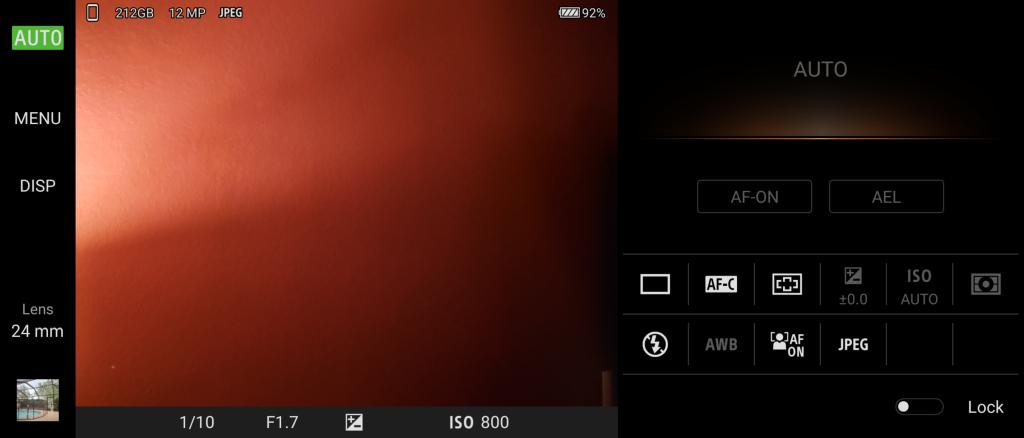
I should note that there are two photo apps. The regular camera app works just fine while the Photo Pro app gives you a bit more control over how you take your photos. This functions almost like how a real camera would function so ultimately it’s up to you what you use. Both seem to produce similar quality photos.
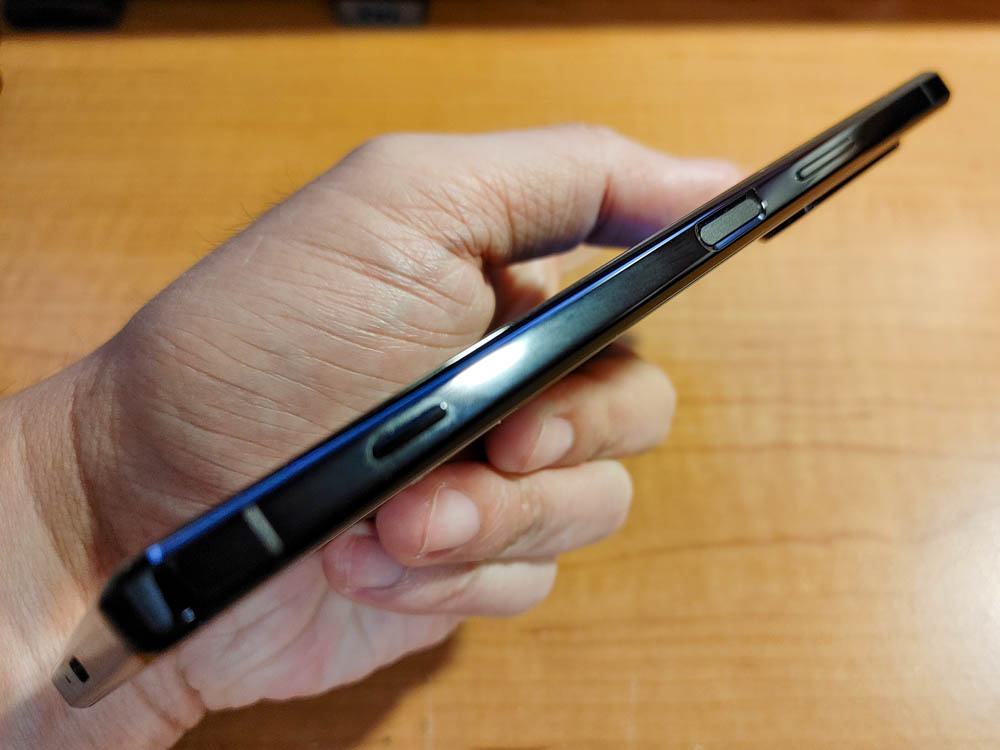
ISSUES
Sony seems to have fixed some of the minor issues I had with the original Xperia 1. Combining the power button and thumbprint reader was a good choice, especially having it sit a bit below flush. This makes you less likely to accidentally hit the power button when you don’t want to.
Also, the camera button here doesn’t seem to be quite as sensitive as it was before. Previously I had issues with accidentally activating the camera app just by brushing up against the camera button, but that doesn’t seem the case anymore. It is positioned a bit higher and they probably adjusted the amount of time it takes to activate the shortcut. Either way, it works much better now.
Another concern that has popped up that I’ve seen is the use of a 60hz refresh rate display. While the rest of the specs are quite good, 1644 x 3840 resolution @ 643ppi density. The screen is very sharp and crisp with colors that seem to pop off the screen. It simply is a gorgeous looking 4K display. While the 60hz refresh is a sore spot on the otherwise brilliant display, you’d be hard-pressed to really see any significant differences between this a 90hz display.
The speakers on the Xperia 1 II are also pretty good and fairly loud. This makes it great for media consumption and playing games. The Dynamic Vibration feature however isn’t that good and doesn’t really add anything of significance to the experience. You’re better off turning that off and saving yourself some battery life.
Other than that, there aren’t really any issues that I can think of. The hardware is very solid and the decisions they made with it fixed what I didn’t like about the first Xperia 1. If there are issues, it’s mainly software, and software can always be updated or replaced.
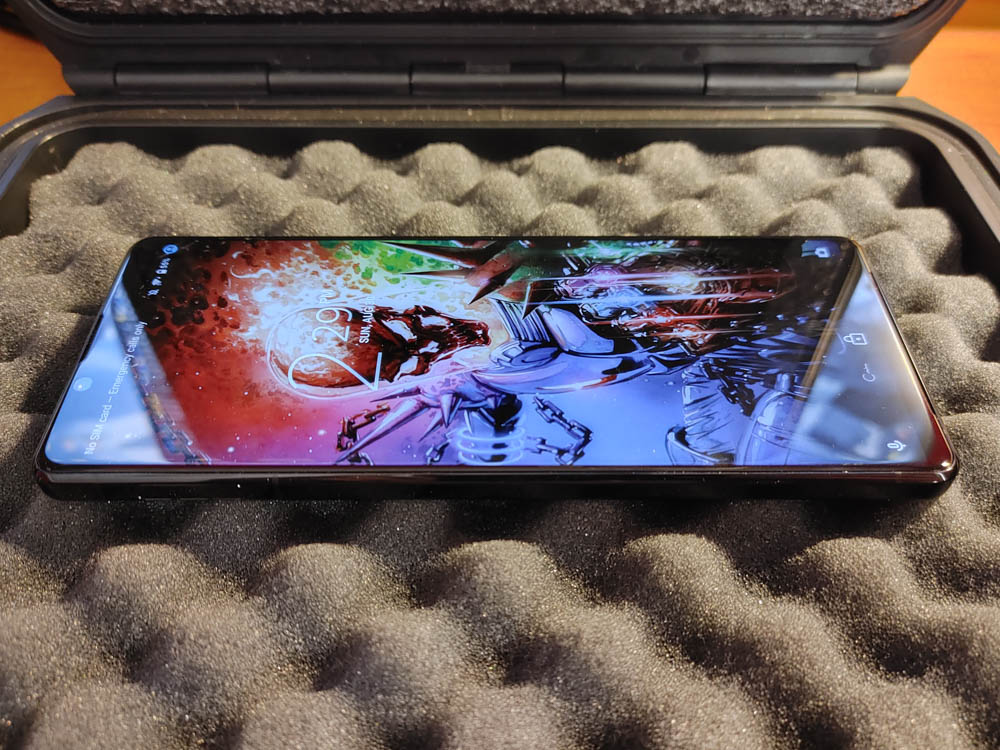
FINAL THOUGHTS
For the most part, the Xperia 1 II is a better phone than the Xperia 1 and can run with the rest of the flagships out there. The only real omission that I mentioned is the lack of 5G that might turn some potential buyers away if that’s something that is important to them.
Aside from that, the Xperia 1 II is everything I loved about the Xperia 1 and more. The screen is gorgeous and I’m still loving the tall phone ratio. I dig the new placement of the front-facing speakers and the addition of an audio jack will make it appeal to more buyers, or at least who are still holding on to their wired headphones. Also while this is a tall phone, it doesn’t seem large at all in your hands as the thinness makes it feel smaller than it is.
With that said, I do really like the Xperia 1 II, though $1200 price tag might hurt it in the short term until we start seeing some discounts.
The Sony Xperia 1 II can be purchased on Amazon here.
